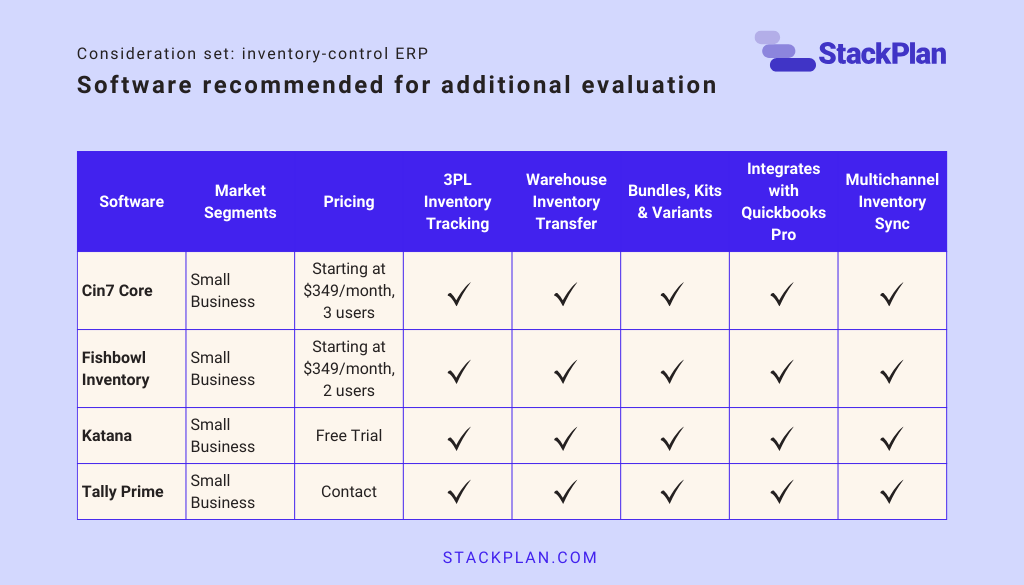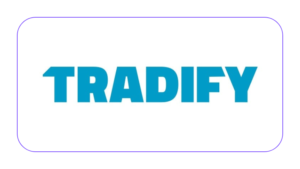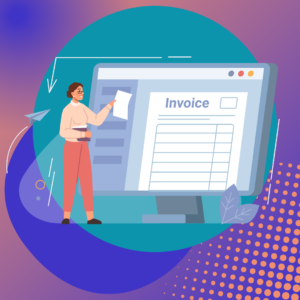What’s a Software Demo?
Software demo vs Free Trial: What’s the Difference?
When Do You Need a Software Demo?

Expert Tips for Getting the Most Out of Your Software Demo
1. Focus on product differentiators
-
User-friendliness:Is the software intuitive, or are you confused by the dashboard setup? The more complex the user interface, the harder it will be to get your team up to speed.
-
Integrations:Does the software integrate with your existing technology, or will you need complex workarounds? Ask to see examples of the specific integrations you’ll need.
-
Priority features:Create a list of priority features and ask for them to be included in the software demo. Most vendors will focus on the “best” features, but we want a more customized approach.
-
Customizations:If the software doesn’t have a feature you’re looking for, does it offer customizations? Ask for examples to see how the vendors handle custom requests.
2. Ask about the total cost of ownership
According to a Capterra survey, the number one reason buyers regret investing in software was underestimated costs. Around 35% of business owners said the total cost of ownership was higher than the initial price they were given.
During your software product demo, get estimated costs for each of the following to get a better idea of the total cost of ownership:
-
Purchase price(either annual or monthly subscription, including discounts).
-
Any additional purchase charges(e.g., fees for extra users or data capacity).
-
Implementation costs(e.g., vendor implementation costs, training costs, etc.).
-
Maintenance costs(e.g., customer service support, server fees, usage fees, etc.).
If an eCommerce software vendor is vague about additional costs or fees, it’s a red flag that you’ll pay far more than the sticker price.
3. Vendor support
The most important aspects of vendor support to look for are:
-
24/7 support availability, especially for critical operations.
-
Multiple support channels, such as email, phone, live chat, and a ticketing system.
-
Fast response times with clear escalation protocols for urgent issues.
-
Comprehensive onboarding programs, including setup assistance.
-
Access to user-friendly documentation, tutorials, and knowledge bases.
-
Regular software updates, including new features and security patches.
-
Proactive notifications about system changes or downtime.
-
Dedicated account managers or customer success representatives for long-term support.
This is also a great time to learn if the vendor has a relationship with dedicated software consultants. While working with a software consultant to support your implementation and integration is an additional cost, their expertise can help you maximize your investment and reduce time to value.
4. Data and privacy
Security should always be a priority when choosing new software, so data regulations and compliance should be clearly demonstrated during your product demo.
Talk to vendors about the type of security they use for their databases and the procedures to protect customer information. If the software includes payment processing, additional safeguards should be in place that meet industry-specific regulations.
Vendors should have a deep knowledge of the security protocols they provide, so spend a few minutes covering all bases during your interactive software demo.
5. Space out your software demos
6. Create a scorecard to grade vendors

Software Demo Takeaways
Struggling to choose the right software vendors to book software product demos? Read our ultimate guide on choosing the best software for your business goals.








